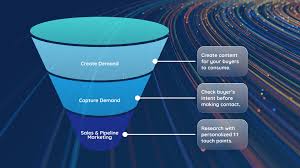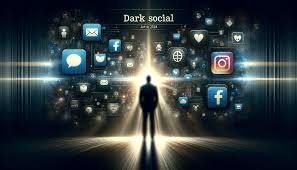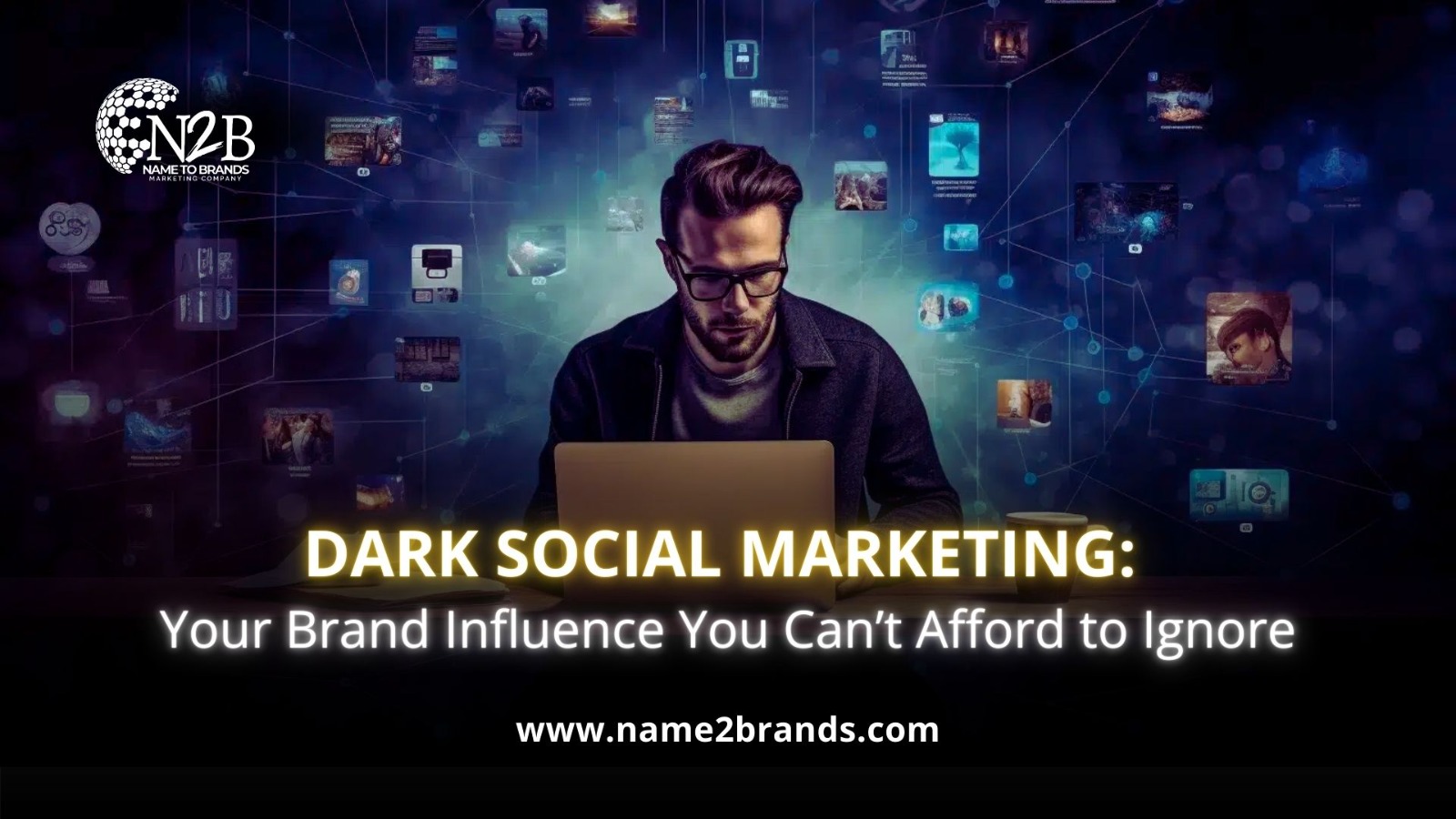Brands can no longer rely solely on measurable channels. Some of the highest-converting leads may originate from private shares or peer recommendations. To succeed, businesses should design content for shareability, not just searchability.
In today’s digital era, Social Marketing drives every strategic decision. From planning campaigns to creating content, data informs how brands engage with their audiences. But what happens when a significant portion of your brand activity occurs where analytics cannot see? When does it escape Google Analytics, CRM tools, and social dashboards? This invisible sphere of activity is called Dark Social.
For businesses and digital marketing agencies, ignoring Dark Social means missing out on peer-to-peer referrals and trust-driven engagement, which are some of the most impactful forms of Social Marketing.
What Is Dark Social?
Dark Social refers to sharing and interactions that analytics tools cannot track. Unlike posts on public social media, these activities occur in private channels, such as:

- WhatsApp forwards
- Slack or Discord conversations
- Emails with brand links
- Direct messages on Facebook, Instagram, or LinkedIn
- Private forums or invitation-only communities
When someone clicks a link shared privately, analytics often categorize it as “Direct Traffic”. However, it is, in reality, a peer-to-peer referral a subtle yet powerful component of Social Marketing strategies.
For digital marketers, understanding Dark Social is essential to accurately measure engagement, ROI, and brand influence, which are often hidden from conventional tools.
Why Dark Social Matters in Marketing?
Recent research indicates that up to 84% of content sharing occurs via Dark Social channels. If a business focuses solely on SEO or paid advertising, it may miss the majority of potential engagement.

For companies investing in Social Marketing, recognizing Dark Social can transform how they track leads, measure ROI, and design campaigns. It enables brands to:
- Accurately identify hidden referral sources
- Increase engagement with trust-driven peer networks
- Drive high-quality conversions from private channels
- Optimize content strategy for maximum influence
Effectively, Dark Social is a hidden accelerator for Social Marketing that businesses cannot afford to ignore.
Types of Content That Thrive in Dark Social
Certain types of content are naturally shared in private networks:

- Promo codes and pricing pages
- How-to guides and informative blogs
- Product reviews and case studies
- Gated resources, whitepapers, and exclusive invites
- Niche-specific recommendations: “Check this out”
Content that provides real value and builds trust is more likely to circulate in private groups. For the Brands focused on Dark Social, this peer-to-peer sharing is one of the most effective ways to increase brand visibility and engagement.
The Psychology Behind Dark Social
Understanding why people share content privately is crucial for Dark Social Marketing success. Three key factors drive this behavior:

1. Trust
People are more likely to act on recommendations from friends or colleagues than on ads. A link shared in WhatsApp or Slack carries more weight than a banner or sponsored post. Incorporating this insight into Social Marketing campaigns strengthens influence and brand advocacy.
2. Relevance
Dark Social thrives on hyper-relevant content. Localized updates, niche industry insights, and personalized messages are more likely to be shared privately in Dark social strategy, relevance is critical as reaching the right audience with the right content can only drives engagement and conversions.
3. Exclusivity & FOMO
Limited-access content spreads due to the fear of missing out (FOMO). Invitations to private webinars, exclusive reports, or insider events generate private shares. By creating content that is exclusive yet valuable, brands can maximize peer-driven engagement a cornerstone of Social Marketing.
Detecting Dark Social Marketing
While difficult to measure precisely, there are indicators of Dark Social activity:

- Unexplained spikes in direct traffic to content pages
- Leads with no identifiable referral source
- Users mentioning private shares in onboarding or surveys
- High downloads of gated resources without a clear referral
Ignoring these patterns can lead to misattributed leads and underreported ROI, which is why incorporating Dark Social analysis is vital in marketing.
Strategies to Leverage Dark Social Marketing

1. Use UTM Parameters Everywhere
Adding tracking to links shared via WhatsApp, email, or private chats ensures that analytics can accurately identify referral sources. This allows businesses to fully integrate Dark Social into their Social Marketing strategy.
2. Create Share-Friendly Content
Design content to be mobile-ready and easy to share. PDFs, videos, blog posts, and infographics that are simple to forward encourage natural private sharing. Most agencies neglect this, focusing only on algorithmic visibility, but true Social Marketing thrives on human-to-human sharing.
3. Ask Leads Directly
Incorporate questions in onboarding forms or surveys to understand how new leads discovered your brand. Combining human feedback with analytics uncovers hidden Dark Social referrals an essential aspect of any Social Marketing.
4. Design Content for Dark Social
- Produce gated, niche, and conversational content
- Simplify sharing with short links and preview images
- Monitor downloads of lead magnets and private shares
By extending campaigns beyond public channels, Social Marketing efforts reach inboxes, chat groups, and private communities, where true influence happens.
Conclusion
Dark Social is an untapped growth opportunity in Social Marketing.
Dark Social Marketing is a hidden brand influence. By understanding private sharing, creating shareable content, and using analytics, you unlock engagement and high-quality leads.
Dark Social is invisible, but powerful. Adding it to your strategy isn’t just smart, it’s essential.
1. What is social marketing?
It’s the use of marketing techniques to encourage positive behaviors—like recycling, quitting smoking, or exercising—rather than selling products.
2. What are the 4Ps of social marketing?
• Product: The behavior or idea to adopt.
• Price: The effort or cost to change.
• Place: Where the message or behavior is promoted.
• Promotion: How it’s communicated (ads, events, social media).
3. Why is social marketing important?
It drives awareness and behavior change that improve health, safety, and the environment.
4. Example of a social marketing concept?
Campaigns like Swachh Bharat Abhiyan or anti-smoking drives that motivate people to act for public good.

